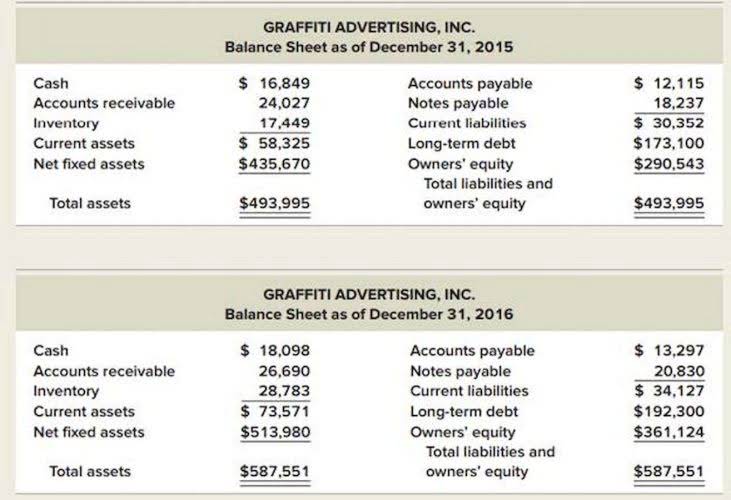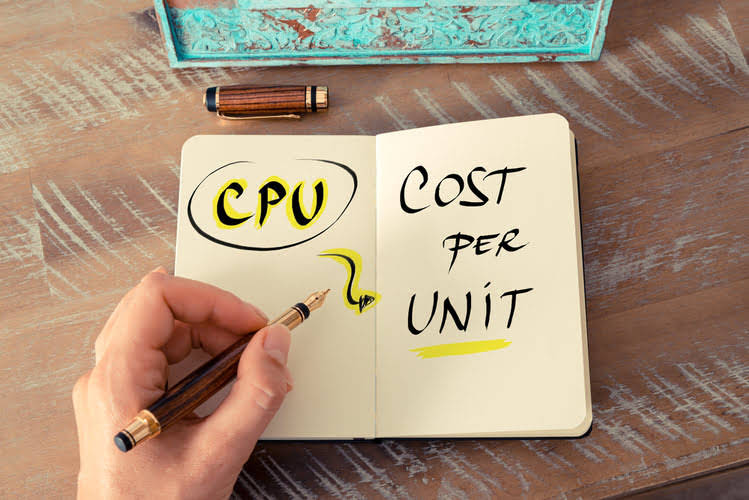
Companies in this position may struggle to meet short-term obligations, relying on costly options like short-term loans or lines of credit. To mitigate such risks, companies often use cash flow forecasting to anticipate liquidity needs and adjust working capital strategies. By analyzing historical patterns and seasonal sales fluctuations, businesses can better allocate resources. Advanced technologies like artificial intelligence and machine learning further enhance forecasting accuracy and streamline financial management. Net Working Capital Ratio refers to a ratio that includes all the components of your Net Working Capital. It is calculated by dividing the current assets of your business with its current liabilities.

Positive vs. Negative Net Working Capital

Purchase price adjustments can also go in the seller’s favor if they deliver working capital above the target. With those figures in hand, a clearer picture of your company’s health begins to emerge. First, add up all your current liquid assets and anything that will become liquid within the next year. In the realm of organizational efficiency, the adoption and refinement of time management systems…
Building Business Credit: A Crucial Step for Loan Eligibility and Rates
Follow the journey of one of history’s most influential figures in accounting, Luca Pacioli, the father of accounting. Get free guides, articles, tools and calculators to help you navigate the financial side of your business with ease. The magic happens when our intuitive software and real, human support come together. Our team is ready to learn about your business and guide you to the right solution. The LIFO reserve account reflects the difference between what is net working capital? LIFO and FIFO since the date LIFO was adopted. In an inflationary environment, this is a contra-inventory account and reduces the value of inventory.

Unlock Your Finance Potential
- Businesses may need extra working capital to support growth initiatives, manage seasonal fluctuations, or respond to unexpected expenses.
- However, you may assume that taking a loan or using a credit line are the ways by which you can resolve the challenge of the inadequacy of the Net Working Capital.
- Too low and the company may struggle to pay its bills — but a higher ratio than 2 may indicate that funds are not being used efficiently.
- An insufficient amount would require the buyer to inject additional cash into the business, which increases the effective purchase price and reduces their return on investment.
- Inventory, including raw materials, work-in-progress, and finished goods, is a significant current asset that impacts NWC.
- Keep in mind that a negative number is worse than a positive one, but it doesn’t necessarily mean that the company is going to go under.
- For capital-intensive industries (e.g., manufacturing), a higher NWC is necessary, while low-margin, high-turnover industries (e.g., retail) can function effectively with lower or even negative NWC.
It protects the buyer by reducing the purchase price if the amount of working capital delivered at closing is less than agreed. And the seller will receive a higher purchase price, via a purchase price adjustment, if they deliver working capital above the target. But buyers are cautious and on the lookout for significant recent changes to these metrics, which may indicate manipulation and unsustainable change. So, any improvements should be made well before the sales process begins, should be clearly sustainable and, ideally, already maintained over several quarters. For clarity, a sample net working capital calculation should be included as an exhibit in the purchase agreement. The more detail the parties agree to regarding the calculation, the lower the likelihood of disputes post-closing (Stage #5).
You retained earnings hope to see a positive working capital after performing your net working capital calculations, indicating that your company’s current assets exceed its liabilities. However, it’s possible that you’ll instead get a negative number, known as negative working capital. This occurs when a company’s current liabilities exceed its current assets. A positive NWC suggests the company has a buffer to handle unexpected expenses or invest in growth opportunities. On the other hand, a negative NWC may signal liquidity challenges, indicating the company could struggle to meet short-term obligations without external financing. This metric is particularly useful for investors and creditors assessing operational efficiency and liquidity.
Is Negative Working Capital Always Bad?
Working capital acts as a measure of a company’s ability to meet its short-term obligations and invest in growth opportunities. It ensures smooth day-to-day operations and can influence a company’s creditworthiness and financial stability. Conversely, negative net working capital occurs when a company’s current liabilities surpass its current assets. This situation may arise due to various factors, https://www.shix.it/2021/11/24/cash-flow-statement-indirect-method/ such as aggressive growth strategies, seasonal fluctuations, or inefficient management of working capital.
Understanding the difference between these two metrics is crucial for businesses as well as investors. This alternative formula provides a broader view of a company’s financial health, as it includes both current and long-term assets and liabilities. However, it does not provide as specific of a measure of a company’s ability to manage its short-term cash flows and meet its immediate financial obligations as the first formula. Typical current assets that are included in the net working capital calculation are cash, accounts receivable, inventory, and short-term investments. The current liabilities section typically includes accounts payable, accrued expenses and taxes, customer deposits, and other trade debt. Net Working Capital serves as a critical measure of a company’s liquidity, reflecting its ability to meet short-term obligations.
